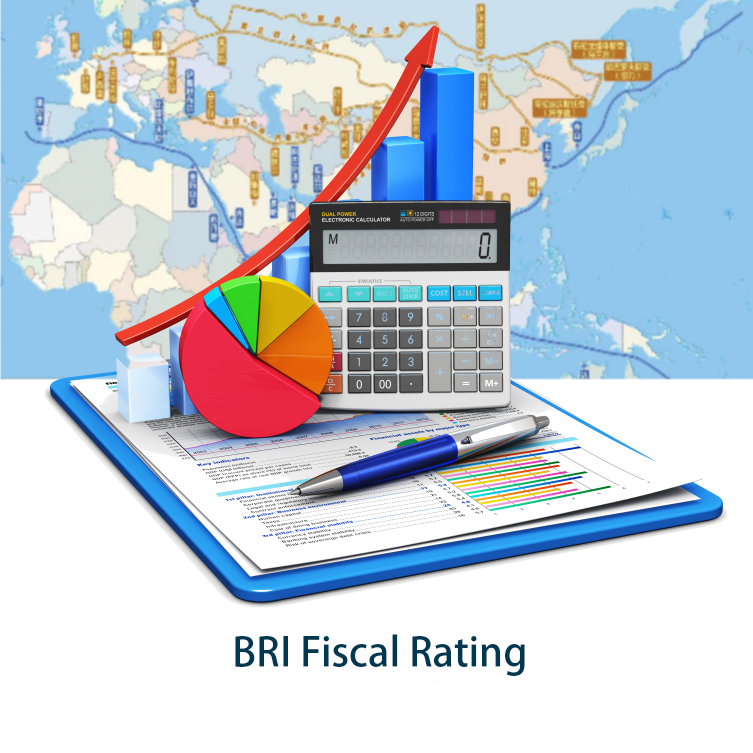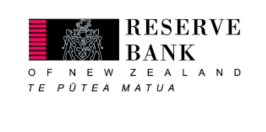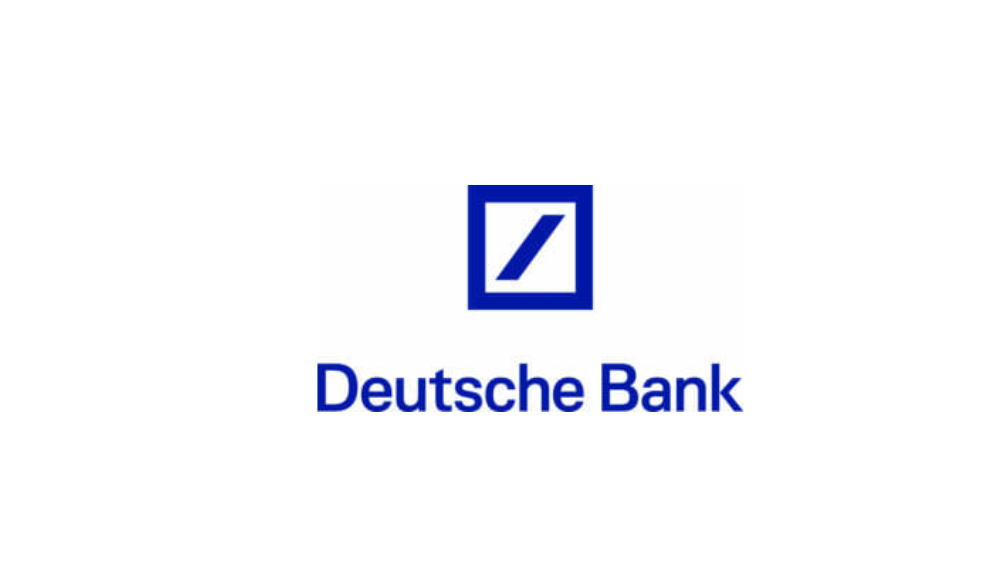China's New Capital Rules to Have Limited Impact on Bank Ratings
China's revised capital rules for commercial banks should have a limited impact on our bank ratings in the near term, although successful implementation over time could be positive for our assessment of Chinese banks' operating environment and widen the headroom for their Viability Ratings, says Fitch Ratings. We expect a minimal change in our rated banks’ capital position after the new rules come into effect, while government support expectations driving the Issuer Default Ratings will be unaffected.
China's banking regulator on 18 February 2023 launched a draft consultation on new capital rules that implement the international final Basel III standard for large- and medium-sized commercial banks. The new measures, which are targeted to take effect on 1 January 2024, adopt a differentiated supervision approach by classifying banks into three buckets based on the scale of adjusted on-and-off-balance sheet and cross-border exposures.
The rules for the largest banks that fall into the first bucket, which includes all of our rated commercial banks, are closely aligned with the final Basel III framework, except for more conservative risk weights for certain assets. This will enhance the risk sensitivity of their capital management and improve the comparability of their capital ratios and public disclosures in a global context.
The capital rules for the second-bucket banks are more simplified and largely unchanged from the current requirements. The smallest banks belong to the third bucket and will be subject to the most simplified capital and disclosure standards, although the new rules do not lower their current capital requirement. We believe the tiered supervision shows the regulator’s efforts to strike a balance between improving the resiliency of the banking sector and limiting the cost of regulatory compliance on smaller banks.
We consider the change in the calculation method for credit risk as most significant because credit risk accounts for most of Chinese banks’ risk-taking activity, although this will have limited impact on ratings. Those using the revised standardised approach will benefit from a modest capital uplift, driven by lowered risk weights for specific credit exposures relating to sectors that the regulator considers as supporting the real economy or having lower credit risks. Still, the potential capital uplift from more favourable treatment for the risk exposure will be partly offset by the higher risk weights for several other exposure types that may be more interconnected with the financial system.
The amended measures also stipulate the calculation of risk weights for asset-management products based on the underlying investments’ disclosure granularity and risk profile. These more stringent requirements could marginally increase pressure on bank capital, although the impact is difficult to estimate due to limited disclosure.
We expect the refined internal rating-based (IRB) approach and a lowered output floor to have a limited capital impact. Under the updated rules, the regulator will restrict the use of advanced IRB and will prescribe loss given default (LGD) and exposure at default (EAD) parameters for banks’ exposure to large- and medium-sized corporates, banks and other financial institutions. This will remove the two most significant sources of risk-weighted-asset (RWA) variability across banks. The change will not affect Chinese banks in general, as they do not use advanced IRB for non-retail exposure.
Only the five big state banks and China Merchants Bank (A-/Stable) have adopted the IRB approach but only model their own probability of default in calculating their non-retail exposure. Therefore, the change to prescribed LGD and EAD will have a minimal impact on the banks’ capital levels.






















































First, please LoginComment After ~